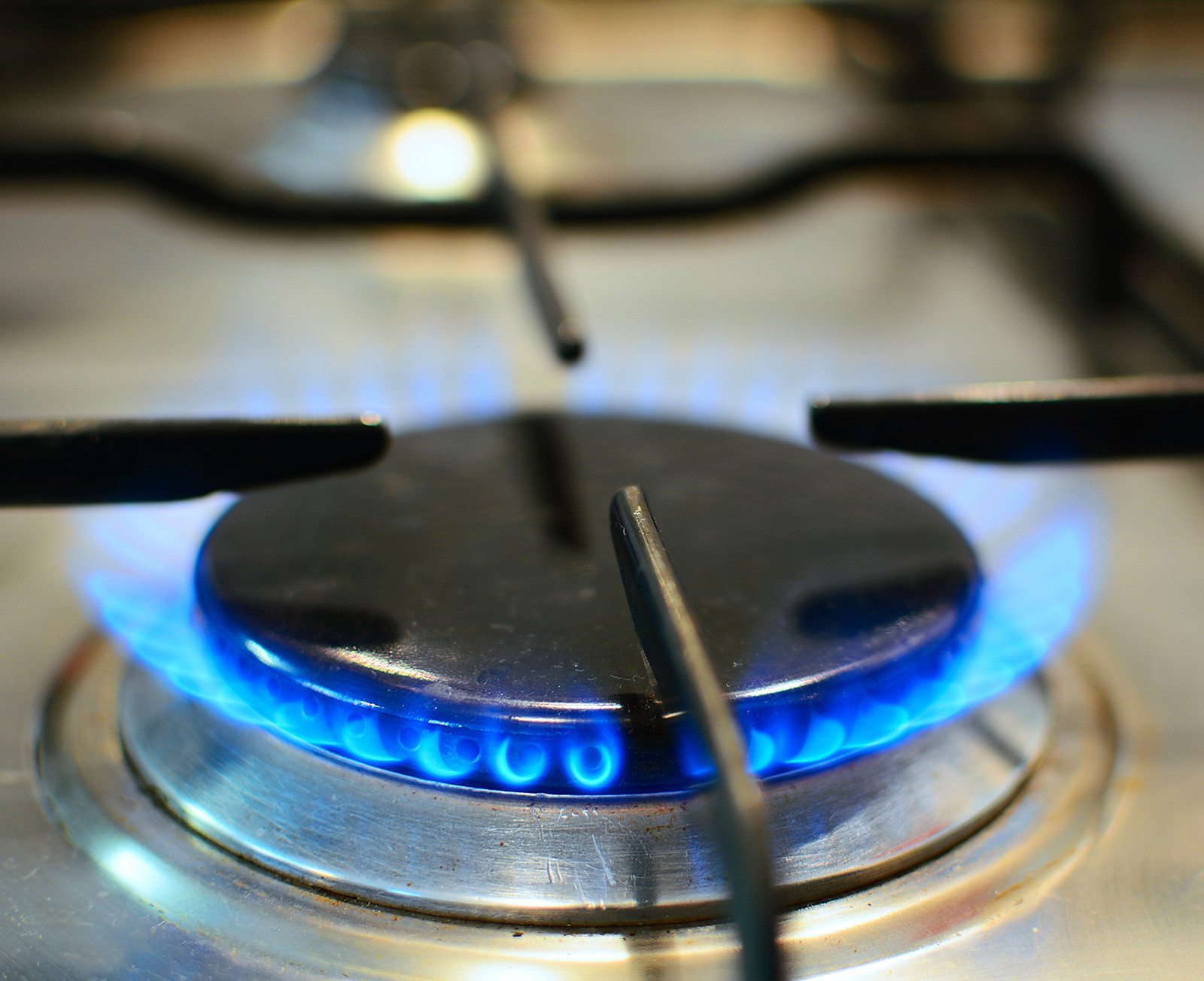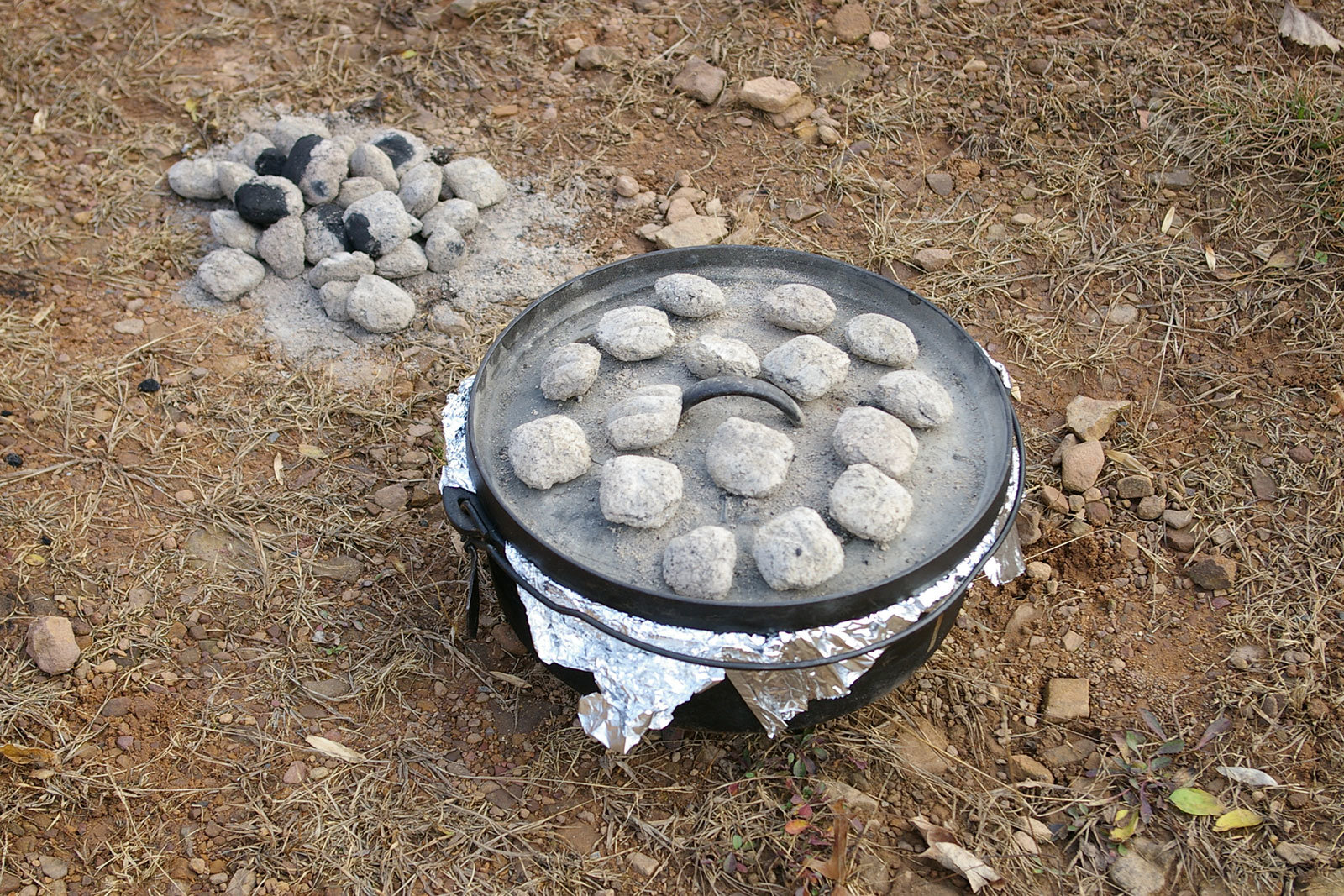No one likes to be stuck in a sweltering kitchen on a hot sunny day. When the weather is gorgeous, summer evenings should be spent outside, not slaving away over air-polluting kitchen appliances. A recent study from California has brought to light just how toxic kitchen appliances can be. Gas powered ovens were found to put a lot of dangerous chemicals into the air without homeowners being aware of it. Though the Environmental Protection Agency (EPA) cracks down on industrial pollution, they don’t have an effective way to monitor pollution levels in the home environment, meaning that the levels of toxins that build up in well-used kitchens can reach staggeringly unsafe levels without families having a clue.
Think of it this way, if your house was a public space, the EPA might be knocking on your door. Without proper ventilation, gas ranges can produce air pollution levels that far exceed what is considered safe for people to breath in. The scientists behind this study were so disturbed by their research findings that they believe it should become a public health priority to educate the public about the air pollution dangers of cooking over gas stoves.

Don’t be a victim of your own home’s pollution. There are steps you can take right now to reduce your exposure to toxic indoor chemicals. One fantastic option is to occasionally move your cooking process to the backyard. Making your food outside can be an enjoyable, low-cost way to cook that’s as fun to do as the results are to eat. Best of all, these four techniques require no fuel source besides the sun and a little bit of firewood.
So step outside that sweaty kitchen, enjoy the outdoors, and have some fun experimenting with different ways to make dinner.
Preserve nutrients with a solar dehydrator
The freezer works when you have electricity, but how could you hope to preserve your garden produce if the power goes out? Dehydrating food is an age-old process that prevents bacteria from spoiling your food while retaining nutrients, all without relying on added salts and sugars. Don’t think of solar drying as merely a hobby; it can revolutionize the way you approach your food.
Electric counter top dehydrators are noisy, energy-sucking devices, so consider using a solar dehydrator instead! There are lots of variations in design, but a basic model uses plywood and is essentially made of two parts: a heat collector and dehydrator box. Food is thinly sliced and positioned on screen trays so that warm air can hit each piece from every angle. Sunlight passes through the clear glass top of the dehydrator box and the heat gets trapped inside, working to dry the food pieces inside it. Some dehydrators also contain an absorber plate that indirectly heats the food while removing excess moisture from the system.
For best success, make sure to dehydrate food when it is at peak ripeness in order to get maximum flavor and nutrients out of it. You can expect a moisture-rich food like tomatoes to take two days to dry in a system like this.
There are a few things that are important to keep in mind when planning to use a solar dehydrator. First, remember that multiple sunny days in a row are usually necessary for getting your food completely dry. Food might spoil in the dehydrator box if the sun goes away for too long. Also, keep in mind that recipes taste different when prepared with dehydrated food. They won’t taste worse, they’ll just have a different texture and consistence. Cooking time will also go up because it takes a while for dehydrated food to regain moisture. But, if you can work around these obstacles, you will find that solar dehydrators are an innovative, dead easy way to get yourself some cooking time outside of the kitchen.
Need a little more advice? This link will tell you what you need to know.
Bake crusty breads and wood-fired pizza in an earth oven
Don’t let the initial process of building your own earth oven scare you away; this amazing cooking method will provide you with the caramelized bread crusts and the wood-fired pizza of your dreams. Building an oven is easier than it seems, and with proper care, your oven will last for years to come. The best resource I’ve found for building your own oven is this book by Kiko Denzer. It’s filled with foolproof tips and beautiful inspiration for your own unique oven design.

A traditional Native American outdoor clay oven (‘Horno’).
Using your oven is simple as well. Build a fire with small pieces of wood in the opening of the oven, four to six hours before you plan to bake. The key to getting an earth oven up to temperature is to burn several small loads of wood quickly. Once your oven gets to the point that you can’t put your hand against the side for more than a few seconds, it’s hot enough to use for breads and pizza.
Pull out the remnants of the fire and use a wet brush to quickly scrub trace embers and ash out from the opening. Let the oven settle for a few minutes before putting in your bread or pizza. Then, use a peel to slide your bread or pizza right onto the floor of the oven. Shut the door and listen to that sizzle! Food cooks much faster than in a regular oven, so expect your pizza to be browned to perfection in less than ten minutes.
Remember that earth ovens hold their temperature for a long time, so you can easily cook multiple dishes in one heating session. Be sure to order your cooking by temperature, starting with high temperature foods like pizza, then moving to breads, a casserole, cookies, and even homemade yogurt at the end. Don’t waste that heat!
For more tips on the best ways to use an earth oven, check out this link.
Harvest the sun with a solar oven
Providing it’s a sunny day, using a solar oven is one of the easiest forms of cooking possible. Running on sunshine, nature’s most plentiful renewable resource, foods cooked in your solar cooker will have a sun-kissed taste that will make any meal more exciting.
Box-style solar ovens (by far the most popular type) have the amazing ability to be set up, oriented towards the sun and then left alone for hours, at no risk to the food inside. Box ovens can be made by hand or bought online to guarantee years of use. These ovens consist of an insulated box with four reflective panels on the sides that bounce sunbeams off each other and then channel them down into the box. They can be adjusted throughout the day to maximize sunlight, but in most cases your oven won’t need to be moved much for your food to cook properly.
Solar ovens can be used to cook a wide variety of foods: breads, cookies and casseroles are all fair game. A well-insulated oven can easily get up to 325-350 degrees (Fahrenheit) on a hot day, though in most cases 250 is plenty hot enough to cook your food. The one thing a box oven can’t do is saute, but a parabolic solar oven operates at a higher temperature and is able to. There is no reason to worry about overcooking because solar ovens retain moisture and cook in a “crock pot” way.
Looking for more tips on how to best use your solar oven? Be sure to check out this link.
Go old-school with some dutch oven campfire cooking

Dating back to the Netherlands in the 1700s, Dutch ovens were a crucial piece of cookware during the settlement of America. Valued for their durability and ability to cook an entire meal at once, Dutch ovens quickly became a valuable commodity among mountain men and Native Americans. Lewis and Clark would have been lost on their adventures without their trusty oven, and rumor has it that George Washington relied on dutch ovens to feed his troops during the Revolutionary War.
You can become part of history by experimenting with cooking over a campfire with a cast iron Dutch oven yourself. Cast iron is the preferred material for these ovens because it distributes heat evenly and cooks food quickly. Food will retain heat longer in cast iron and can easily be cooked to moist and tender perfection. Another benefit is that cast iron adds trace amounts of iron to your food, supplementing your diet with this necessary metal.
Using a Dutch oven couldn’t be easier. Simply bank a campfire into a bed of coals and place the oven, filled with food, directly in the middle. Alternatively, you can put it on a grilling rack or even suspend it above the fire using stakes. To speed up the cooking process, you can put charcoal briquettes on top of the lid for an all-over heating effect. Most foods that would cook well in a crock pot can be made in a Dutch oven, but these recipes can provide you with additional inspiration.
In summary
Cooking dinner doesn’t have to happen between four walls and a roof. Take the initiative to step outside and you might find that your most innovative and delicious recipes will be created under the inspiration of the open air. Once you’ve tasted home-fired pizza from your earth oven or eaten a savory stew straight from a Dutch oven, you might find that your regular kitchen no longer holds the same appeal.
Be bold. Go outside. A whole world of fossil-fuel-free culinary experimentation awaits you.
